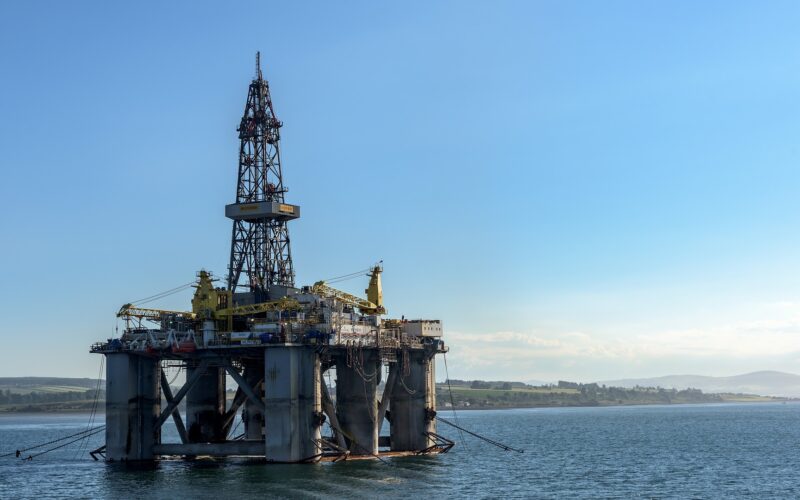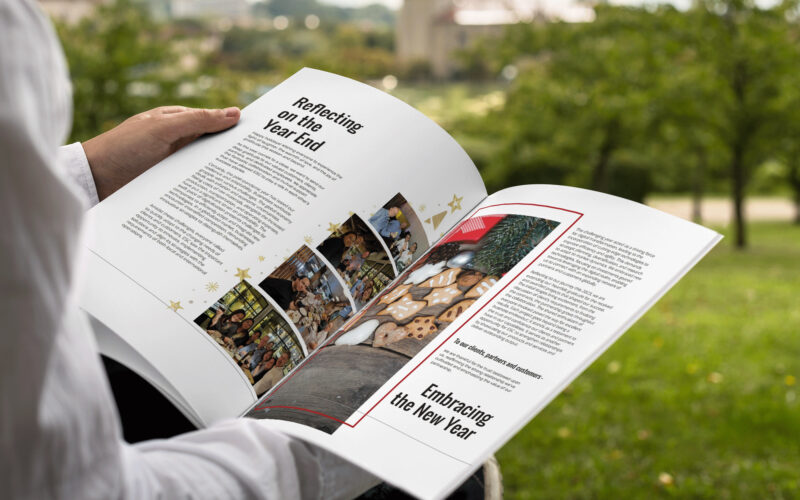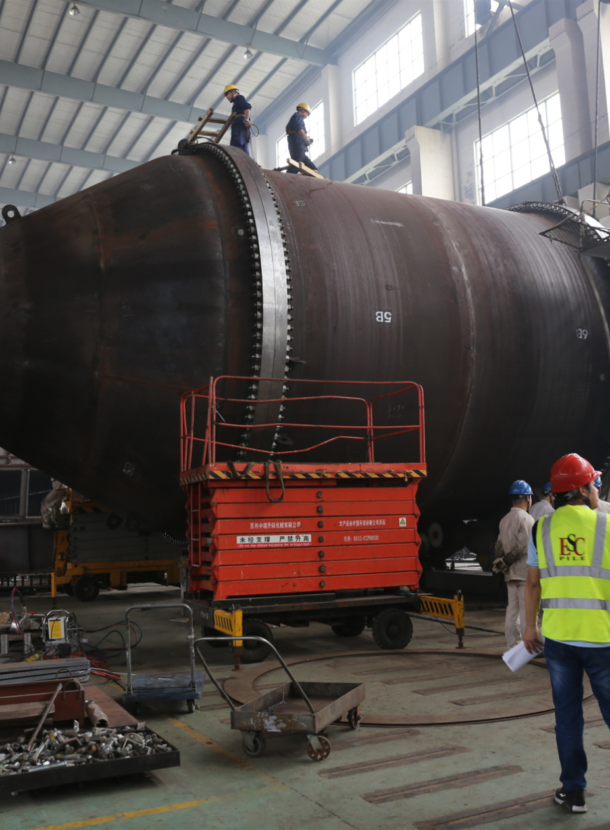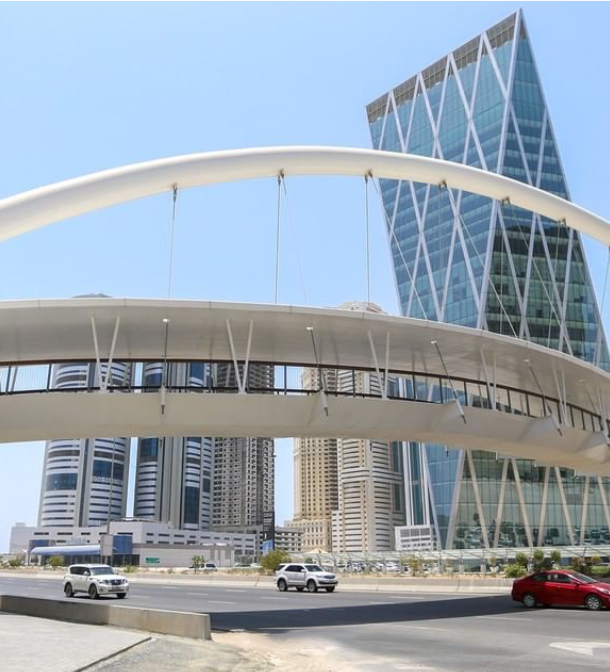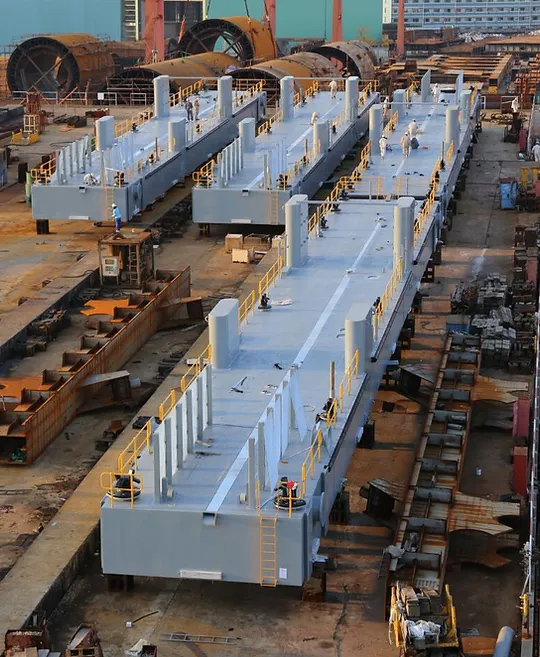angle bars
An angle bar, also known as an angle iron or L-bracket, is a finished metal piece shaped like a right angle, featuring perpendicular legs of potentially equal or unequal lengths. Typically produced through hot rolling carbon steel or a high-strength, low alloy steel with excellent ductility and machinability, this versatile product finds applications in various scenarios. These include bridge construction, building structures, shelving units, warehousing, and even in the manufacturing of equipment.
When integrated with other structural elements, angle bars provide optimum stability and durability. The hot rolling manufacturing process imparts low deformation resistance and relieves internal stresses in the metallurgical structure of the material, enhancing its effectiveness for a wide range of purposes.
The additional strength and stability offered by angle bars make them beneficial for any structure. Industries continually innovate cost-effective solutions for utilizing these metal components, particularly in load-bearing situations.
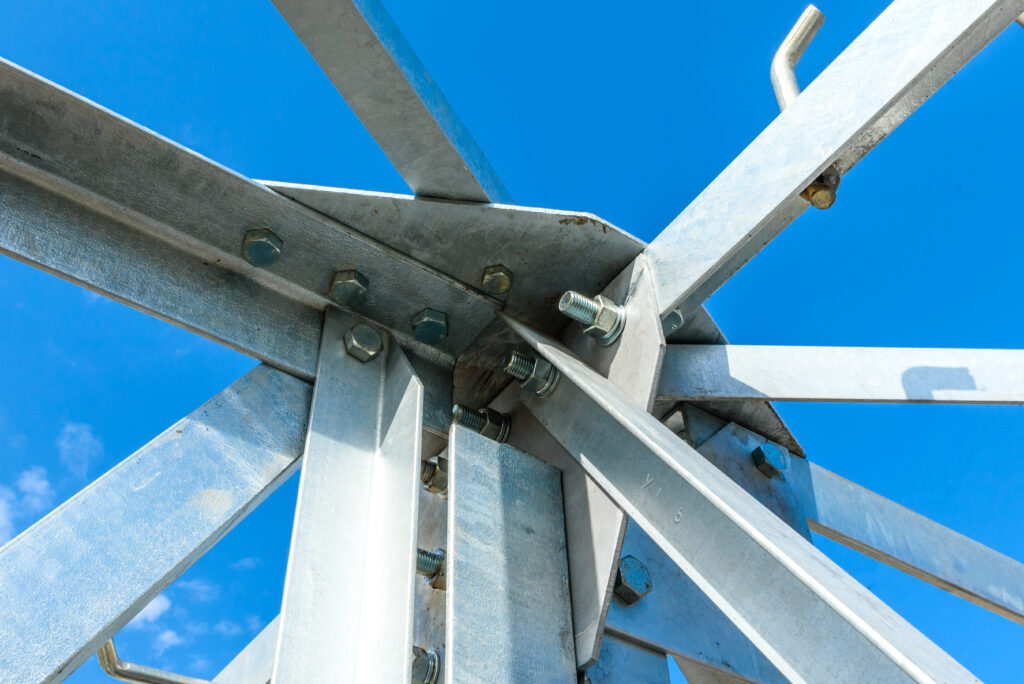
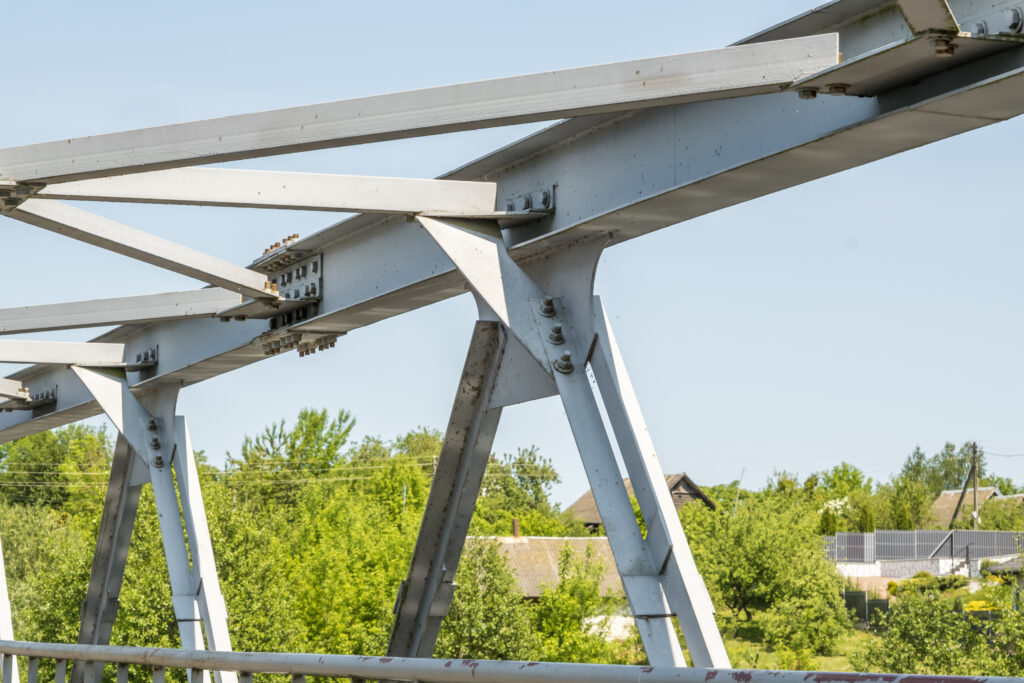
applications
Angle bars are versatile metal brackets, also known as L-brackets or angle iron, characterized by a 90° angle between their legs. They serve various structural purposes:


